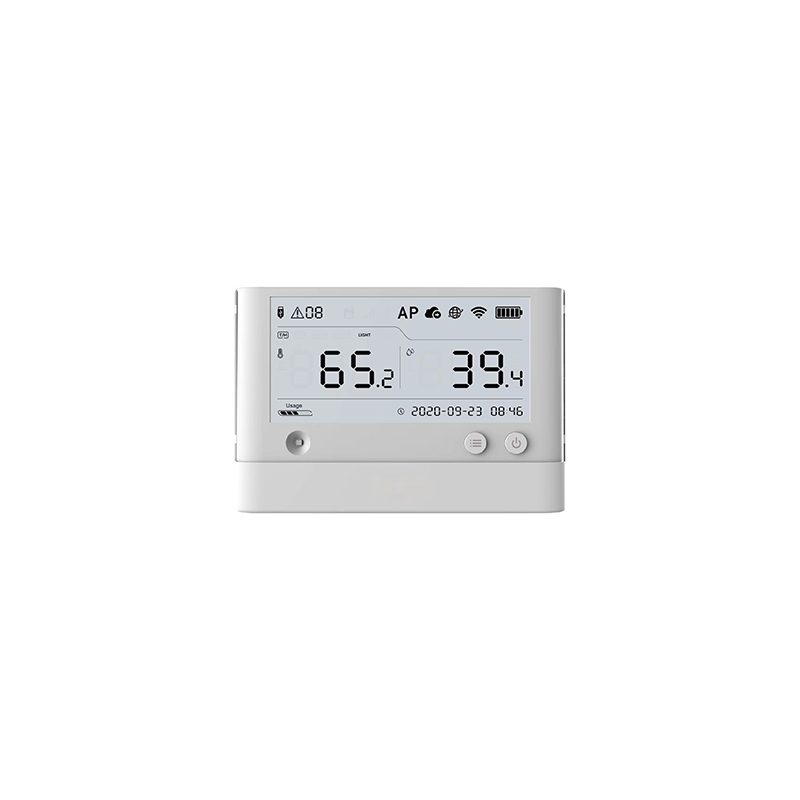
Choosing the right 1-inch OLED display can be tricky, given the variety of options available. This guide will walk you through the essential factors to consider before purchasing, helping you make an informed decision. We'll explore different types of 1-inch OLED displays, their specifications, applications, and even offer some sourcing recommendations.
Before you start your search for a 1-inch OLED display, familiarize yourself with key specifications. These specifications will directly influence the performance and suitability of the display for your specific application.
Resolution is measured in pixels (e.g., 128x128, 240x240). Higher resolution means sharper images, but also impacts power consumption and cost. Consider your application's needs: a simple display might only need a lower resolution, while a more complex application may require higher resolution for detailed visuals.
Brightness is usually measured in nits (cd/m2). Higher brightness is better for outdoor applications or situations with ambient light. Lower brightness is suitable for indoor use or low-light conditions. The brightness specification should be carefully considered relative to your intended usage environment.
Contrast ratio is the difference between the brightest and darkest colors the display can produce. A higher contrast ratio results in richer blacks and more vivid colors. This is a crucial factor for image quality and overall visual experience.
The viewing angle determines how much the image quality changes as you view the display from different angles. A wider viewing angle allows for better visibility from various perspectives.
Different 1-inch OLED displays utilize various interfaces such as SPI, I2C, or parallel interfaces. The interface you choose needs to be compatible with your microcontroller or display controller. Choose the interface that best suits your existing hardware and design constraints.
1-inch OLED displays are surprisingly versatile and find applications in a wide range of products:
Sourcing high-quality 1-inch OLED displays requires careful consideration. Many reputable suppliers exist, both online and offline. Online marketplaces like Alibaba and specialized electronics distributors offer a wide selection.
For a reliable supplier with a long history of quality, consider exploring options from companies like Dalian Eastern Display Co., Ltd., a leading provider of high-quality LCD and OLED displays. Their expertise and commitment to quality ensure you receive a dependable display for your project.
Selecting the optimal 1-inch OLED display depends on your specific application requirements. Consider factors such as resolution, brightness, contrast ratio, viewing angle, and interface compatibility. Always check the product specifications to ensure they meet your project’s needs. Remember to factor in your budget and the overall project timeline.
| Feature | Display A | Display B | Display C |
|---|---|---|---|
| Resolution | 128x128 | 240x240 | 96x96 |
| Brightness (nits) | 300 | 250 | 200 |
| Contrast Ratio | 1000:1 | 800:1 | 500:1 |
Note: This is a sample comparison table. Actual specifications will vary depending on the specific 1-inch OLED display model. Always refer to the manufacturer's datasheet for accurate information.
By carefully considering the aspects discussed above, you can confidently select the perfect 1-inch OLED display for your project. Remember to always consult the manufacturer’s specifications and documentation for detailed information.












